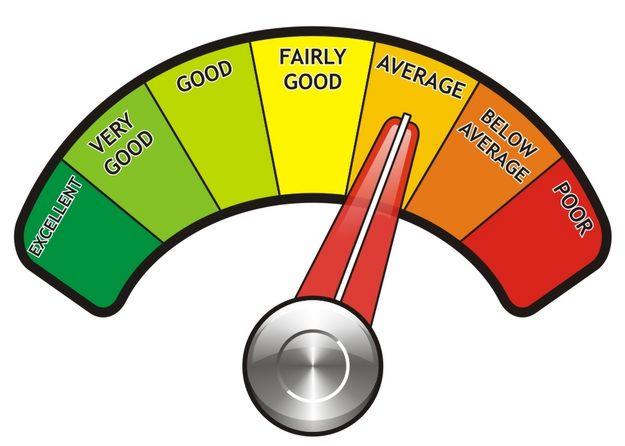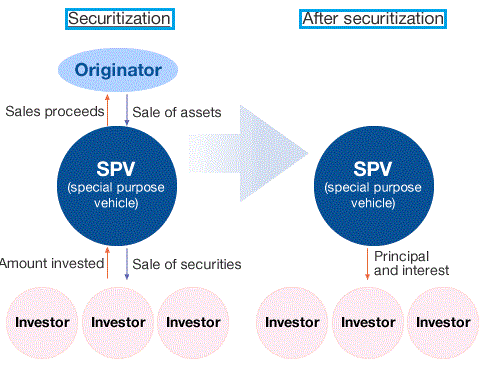STRIPS is the acronym for Separate Trading of Registered Interest and Principal of Securities. STRIPS let investors hold and trade the individual interest and principal components (also known as stripping) of eligible Treasury notes and bonds as separate securities.
The origin of Strip Bonds can be traced to the 1960s, when Investment Dealers in the United States began (physically) clipping coupons from bearer government bonds and selling the individual pieces as separate securities. These clipped bonds gained immense popularity and their sales gained momentum in the early and mid 1980s as the interest rates surged to high levels. This was so because it allowed investors to lock in the very high yields that were available at that time, without worrying about the risk of not being able to re-invest future interest payments at the same high rates.… Read the rest

